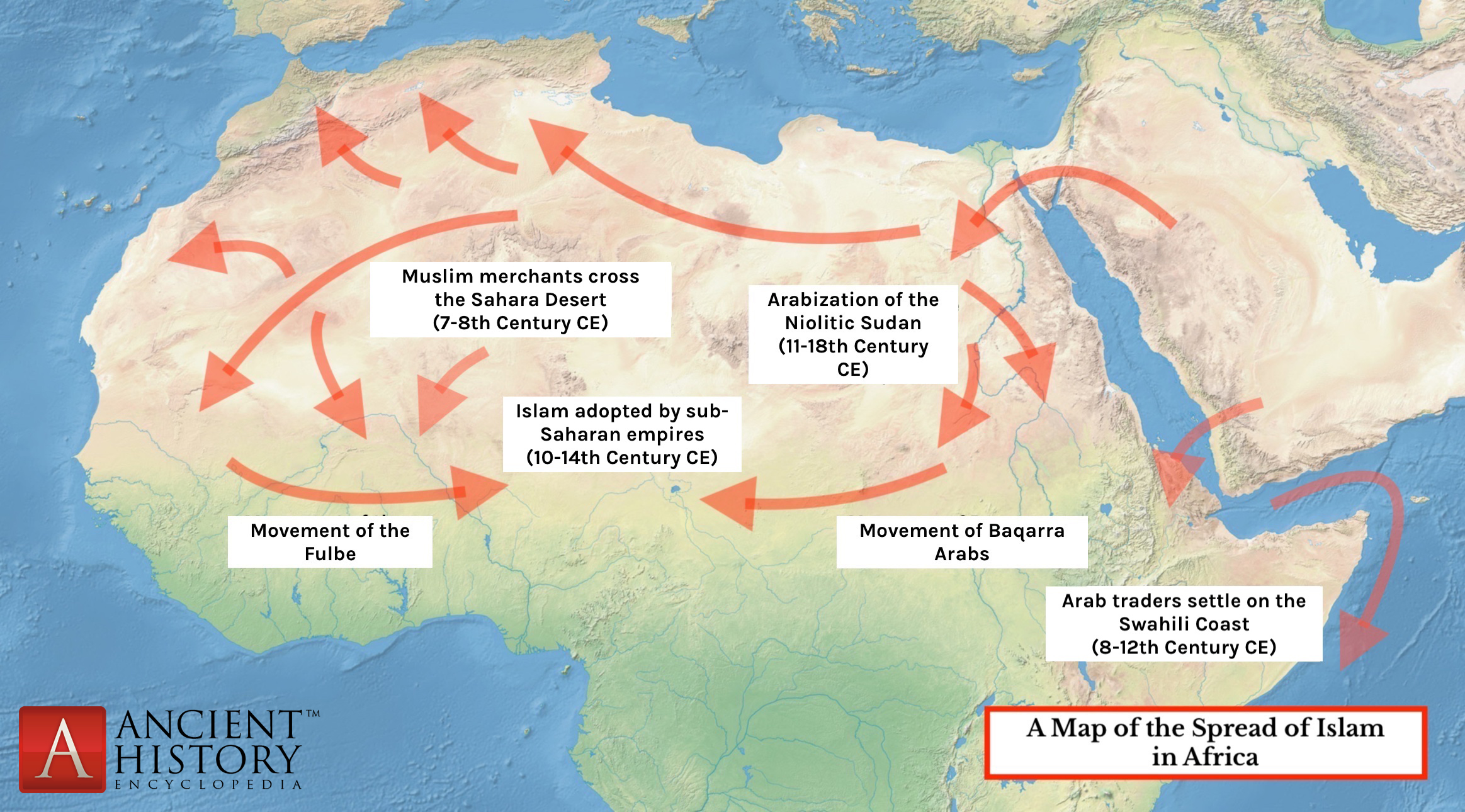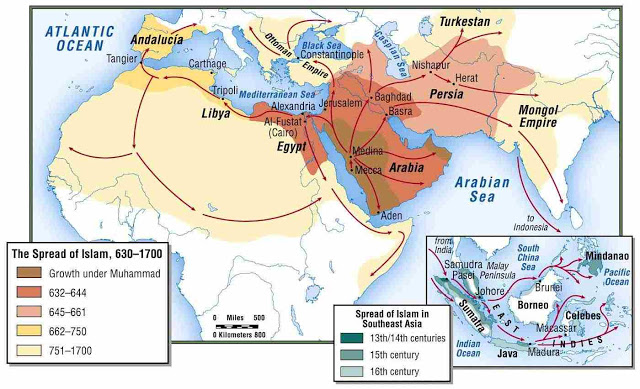How Geography and Trade Shaped the Spread of Islam
Islam spread across vast territories since its emergence in the 7th century, establishing itself as one of the major world religions. However, the factors behind its expansion have long been debated. Through rigorous empirical analysis, researchers have uncovered compelling evidence that geography and trade played a defining role in Islam’s origins and diffusion. This article explores their findings and examines how unequal land distribution and proximity to trade routes shaped the voluntary adoption and persistence of Islam’s economic principles in different regions.
The Origins of Islam in Unequal Arabia
Pre-Islamic Arabia featured stark geographic inequalities, with productive agricultural land concentrated in isolated oases amidst large desert swaths. This created tensions between cultivated and nomadic populations. When major trade routes diverted through Arabia due to Byzantine-Persian wars, oasis cultivators gained from increased commerce but faced threats along unsafe routes. To gain political support and safe passage, early attempts at poverty alleviation, tribal alliances and trade protection emerged but proved insufficient. It was in this context of conflicting economic interests borne from unequal geography that Islam originated, forging a doctrine aligning the merchant and oasis classes with nomadic groups.

Islam’s Economic Principles of Redistribution and Limited Capital
Islamic law mandated obligatory charity (zakat) for the wealthy to support the poor, preventing accumulation of inherited wealth across generations. Additionally, prohibitions on usury (riba) and more complex organizational forms restricted capital and wealth concentration. These distorted returns against physical capital, incentivizing investments in labor productivity through religious endowments (waqfs). Together, static zakat transfers and dynamic restrictions balanced regional inequalities and induced stability, allowing Muslim lands to thrive pre-industrially while constraining later growth.
Voluntary Adoption in Unequal Territories Outside Empires
Islam diffused via conquest but also peacefully. The theory examines voluntary adoption in areas excluding Muslim rule, isolating geography and trade’s influence. Empirically, researchers found adherence higher where regional agricultural potential varied greatly and near pre-Islamic trade routes - contexts aligned with Islam’s solution to conflict over resources. This pattern held across virtual countries, ethnicities and actual nations, indicating geography primarily shaped religious diffusion.
The Role of Trade Routes in Indonesia’s Conversion
A notable exception seemed Indonesia, with fairly equal land yet Muslim majority. However, its strategic position on lucrative maritime trade routes to China and India accelerated Islamization since the 11th century. Proximity to Muslim-controlled shipping presented economic incentives to join lucrative networks and resolve disputes in Islamic courts. While geography alone didn’t necessitate Islam, trade access afforded comparable benefits to adherence and integration with other Muslim communities.
Testing the Theory Across Virtual Partitioning
To address cross-country endogeneity concerns, researchers divided regions arbitrarily into “virtual countries” respecting no political borders. Regressing Muslim populations on agricultural heterogeneity and trade route proximity within synthetic territories, results corroborated the theory even controlling for nation effects. The pattern held also among ethnicities historically in agriculturally unequal places, indicating persuasiveness where redistributive principles most benefitted native populations.
Agricultural Inequality and the Somali-Ethiopian Case
One insightful case examined Somali and Ethiopian territories, finding distributions matched theory predictions. Somalia’s coast features low fertile land amidst surrounding desert, concentrating populations. This fit uneven geography fostering conflict, where Islam provided resolution. Meanwhile, Ethiopia’s highlands concentrate resources differently with rain-fed farming and pastoralism across high- and lowlands. Somali patterns of Muslim majorities and Ethiopian Christian majorities upheld the model relying on geography rather than inevitable forces.
Exceptions, Insights and Implications
While Bangladesh and Indonesia challenge straightforward application based on land alone, trade may have played a complementary role in their peaceful conversions. Overall, the empirically rigorous analysis suggests geography and commerce were more determinant than political or social factors alone in Islam’s initial spread and persistence. The principles introduced stability to contested regions, gaining popularity. In offering resolution to tensions arising from unequal access to resources, Islamic economic doctrines provided socially optimal arrangements benefiting early adopters. Even today, religion remains intricately tied to the geographic and economic environments that shaped its origins.
